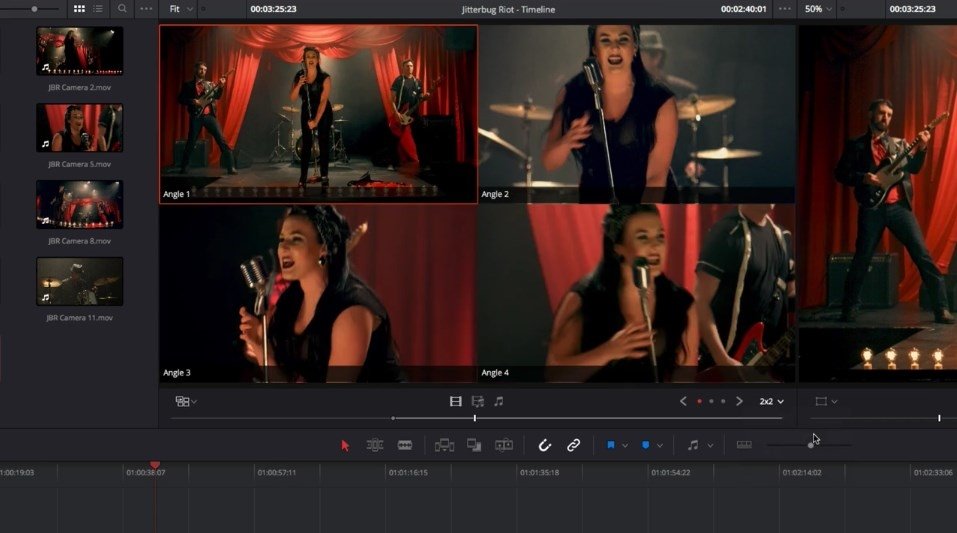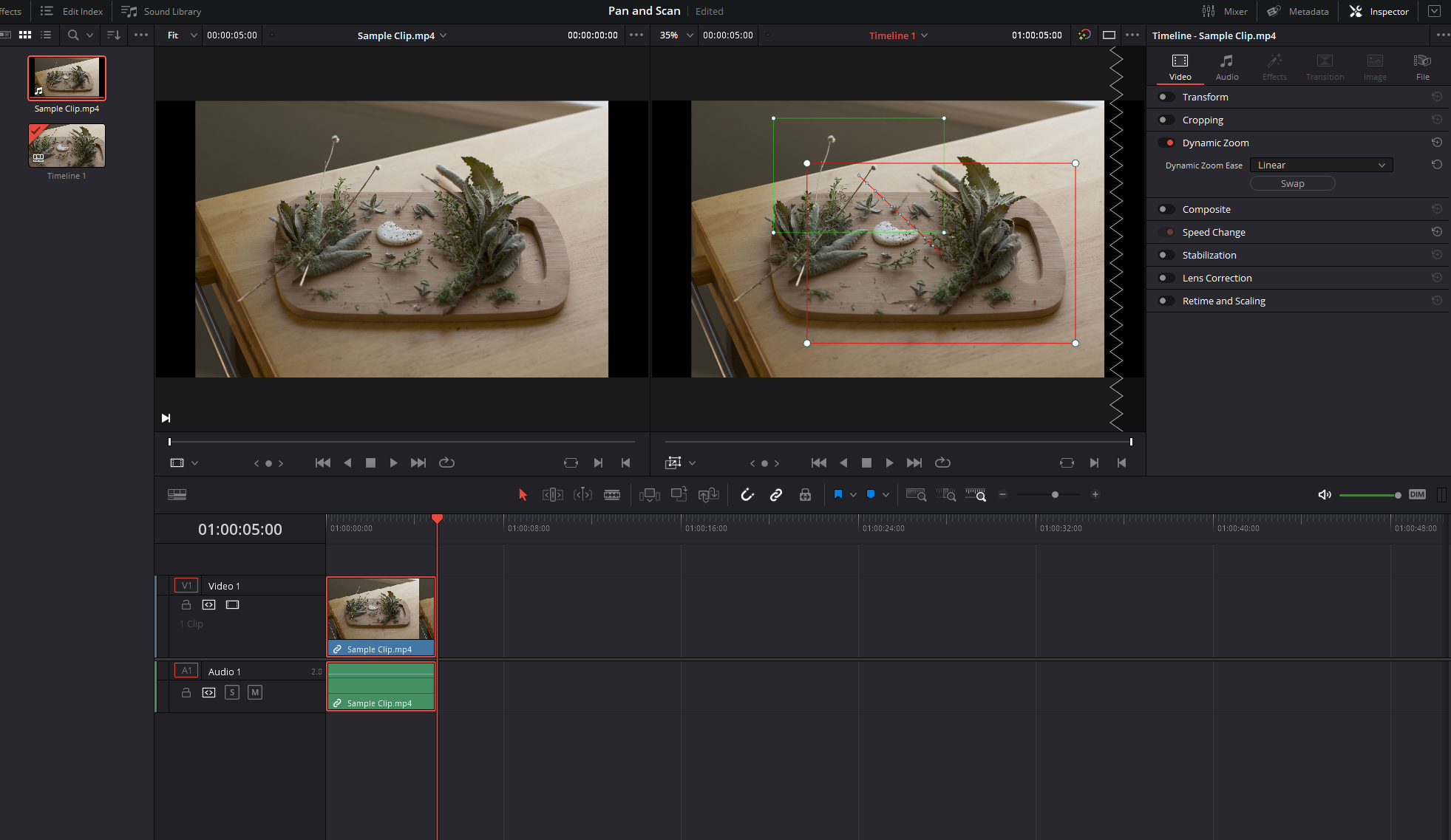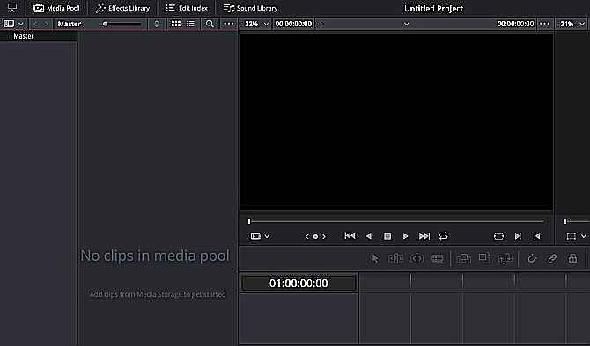
To get the most out of a platform like DaVinci Resolve you probably need a reasonably powerful computer. The more demand, the slower your system goes until you are lowering the playback resolution to about 15 pixels just to be able to view your edit… Every time you add an effect like a colour grade, mask or basically anything that requires real-time processing piles up the demand on your system.

Generally speaking, the higher the resolution of the video the more computing power is required to enable comfortable, enjoyable editing. One of the things about editing software is the demands it makes on your computer system. There’s a free version or a paid for version ($299).

Shotcut’s last major release adds several new features and fixes, including: But I would say this software is for those who want to really sit down and spend time editing and tinkering and perfecting things. Shotcut’s standard interface is not beautiful to behold, as expected from opensource software, but pretty simple to use. Like software such as Adobe Premiere, this program has a multi-format timeline, so you can mix and match resolutions and frame rates within a project. A pretty powerful cross-platform video editor.

The software is opensource and free to download. If you’re looking for a free video editor that can replace Windows Movie Maker (now discontinued), Shotcut is a good choice. For this article, we will look at downloadable software, rather than free online editors. In most cases, there’s a paid-for version with more features. Some of the best free video editing software is almost the same as that used by professionals. In which case, this is the article for you, as we will take a look at the best free video editing software available. However, you’d rather not pay for software at this stage.

So you’ve been shooting a bunch of videos and now you need something to editing them with. The huge increase in the popularity of video editing over the last 10 years is down to smartphones, iPhones (as well as DSLRs, GoPros, DJI Osmo Pocket and other accessible digital cameras) in combination with video hungry social media platforms, from YouTube to Instagram. This is actually the Oscar-winning film “cutter” Anne Bauchens, who edited films for Cecille B.


 0 kommentar(er)
0 kommentar(er)
